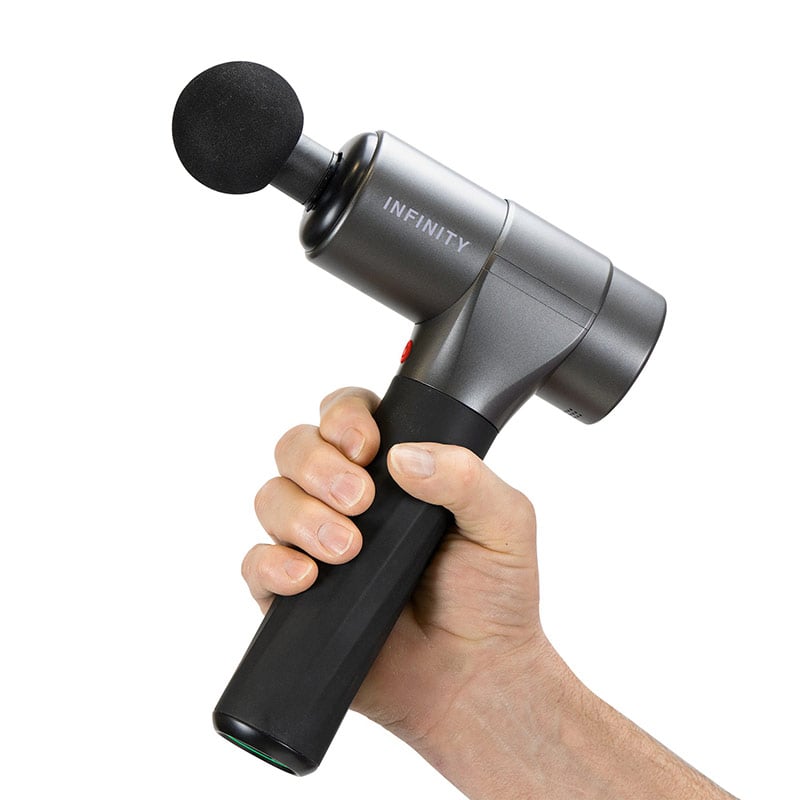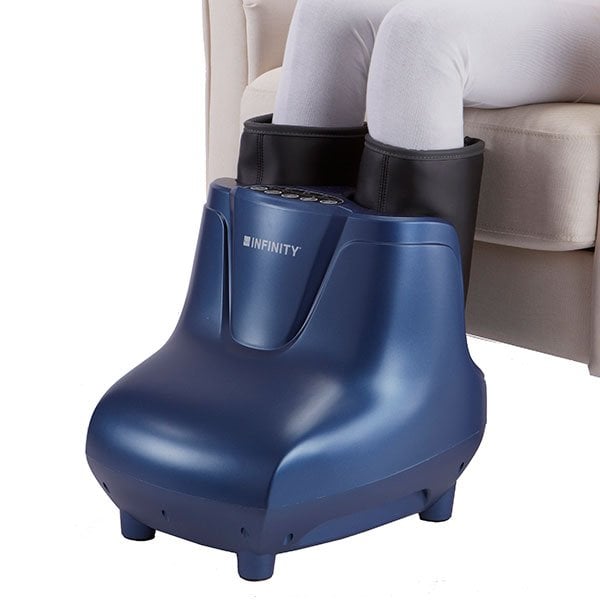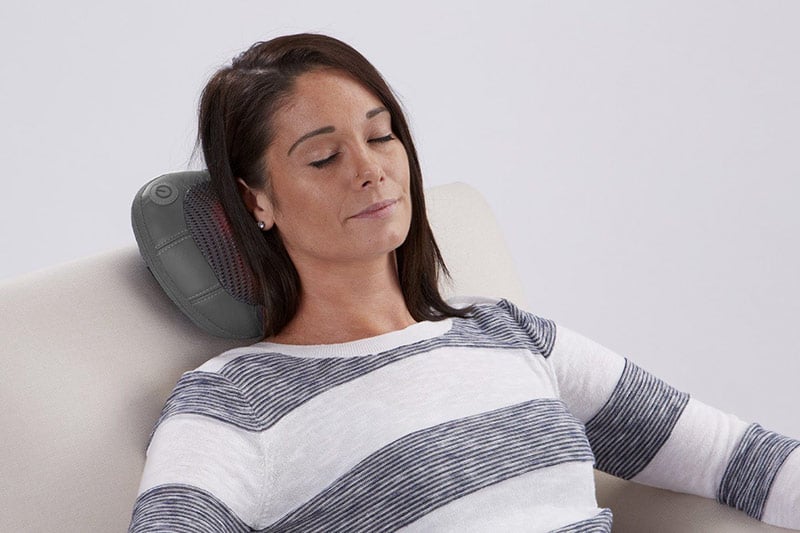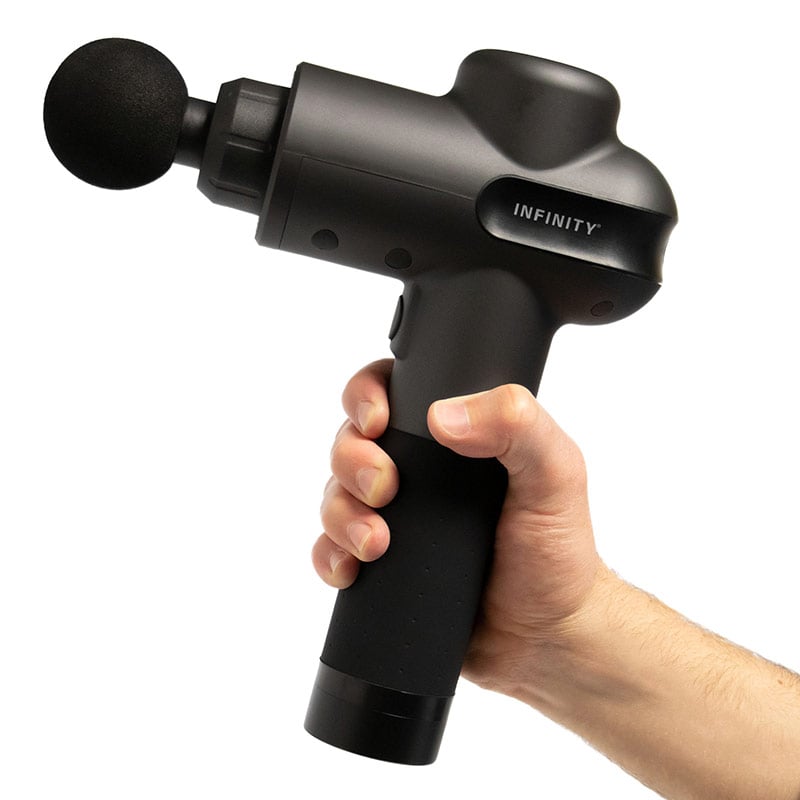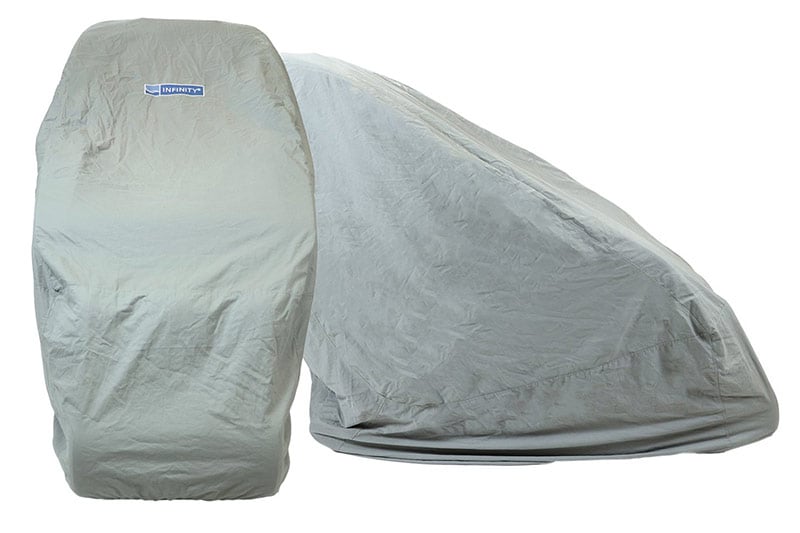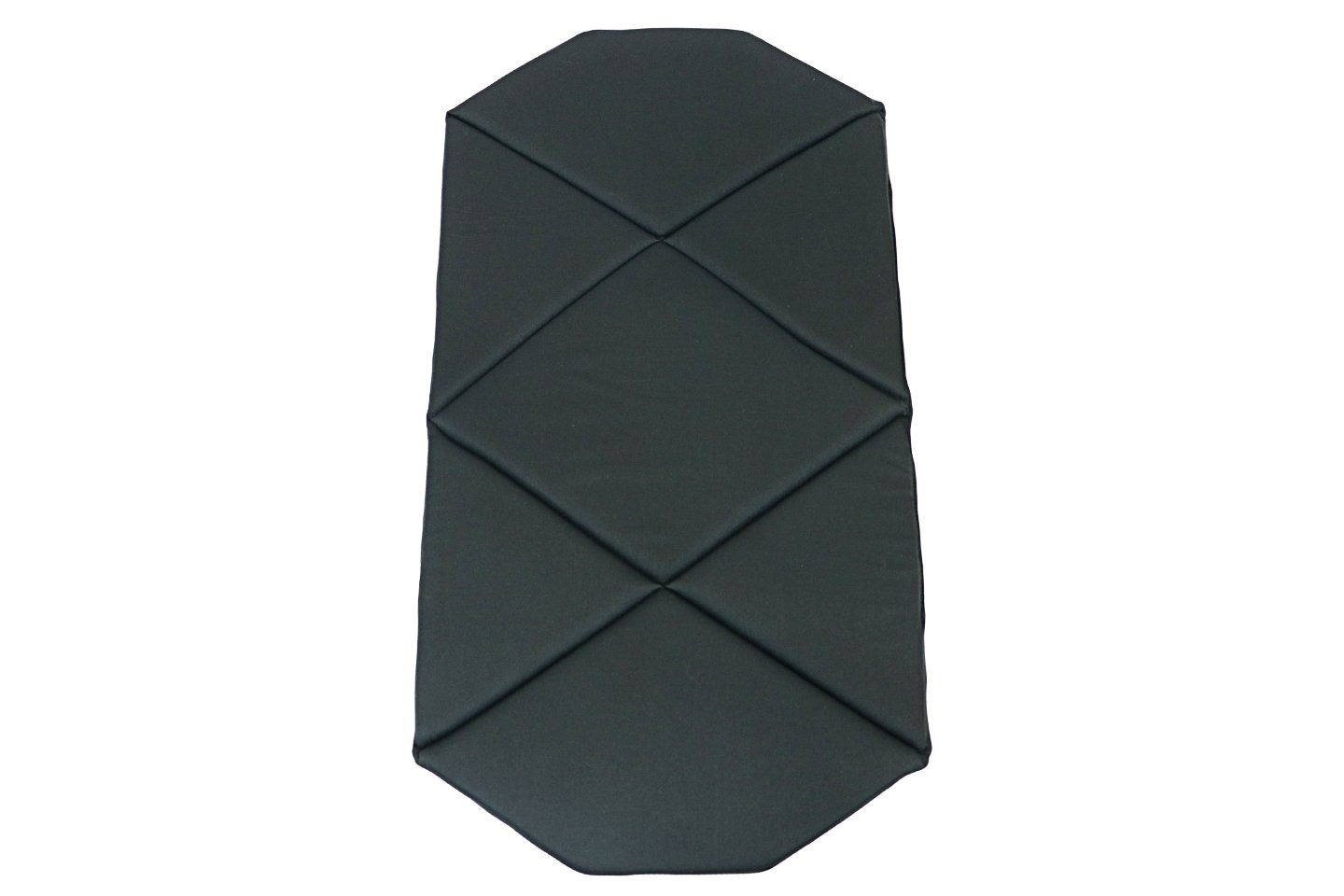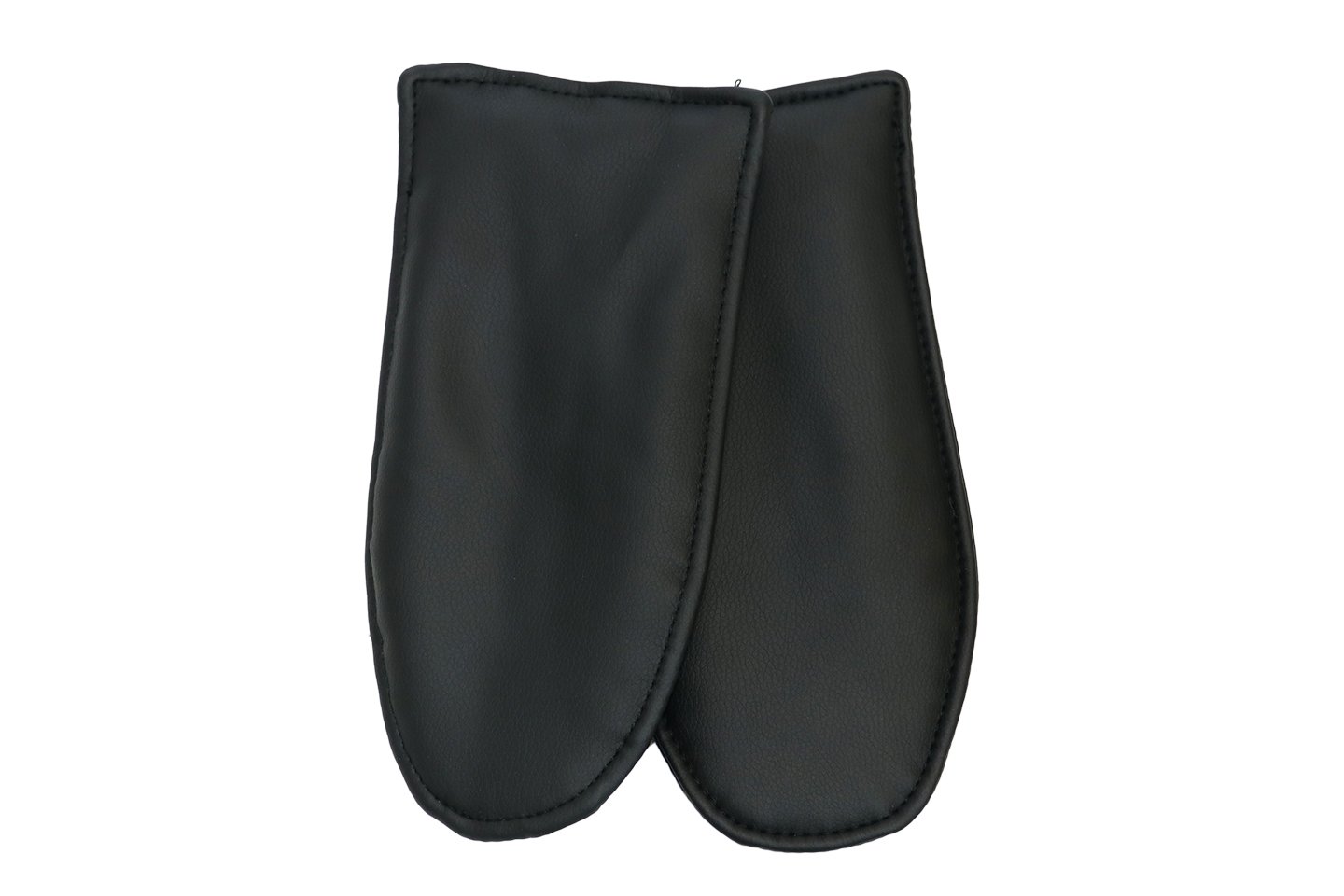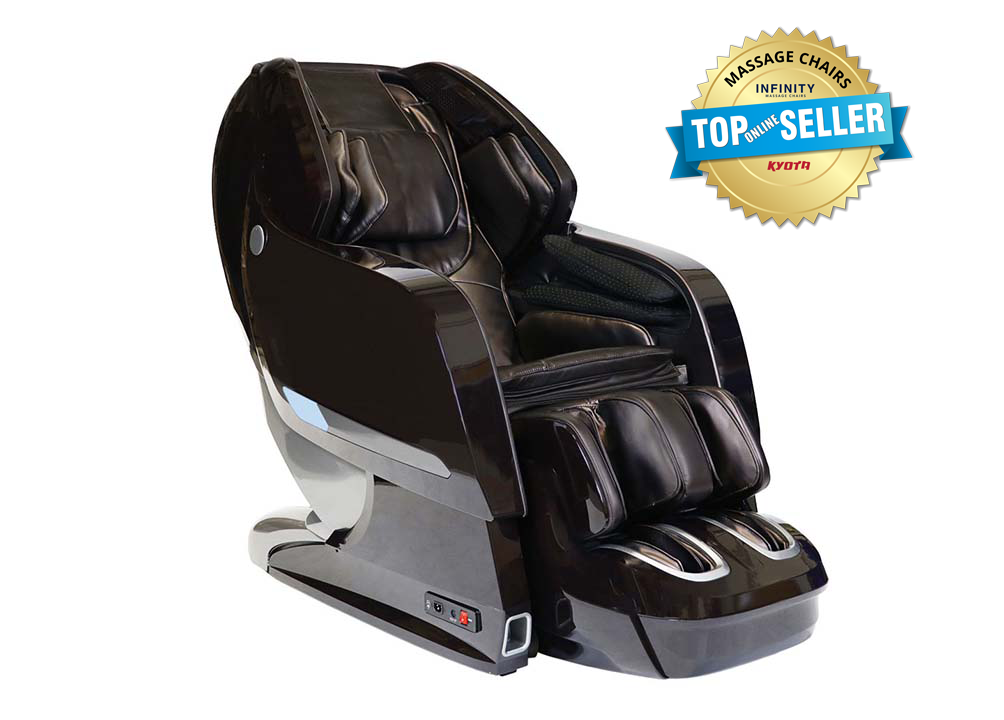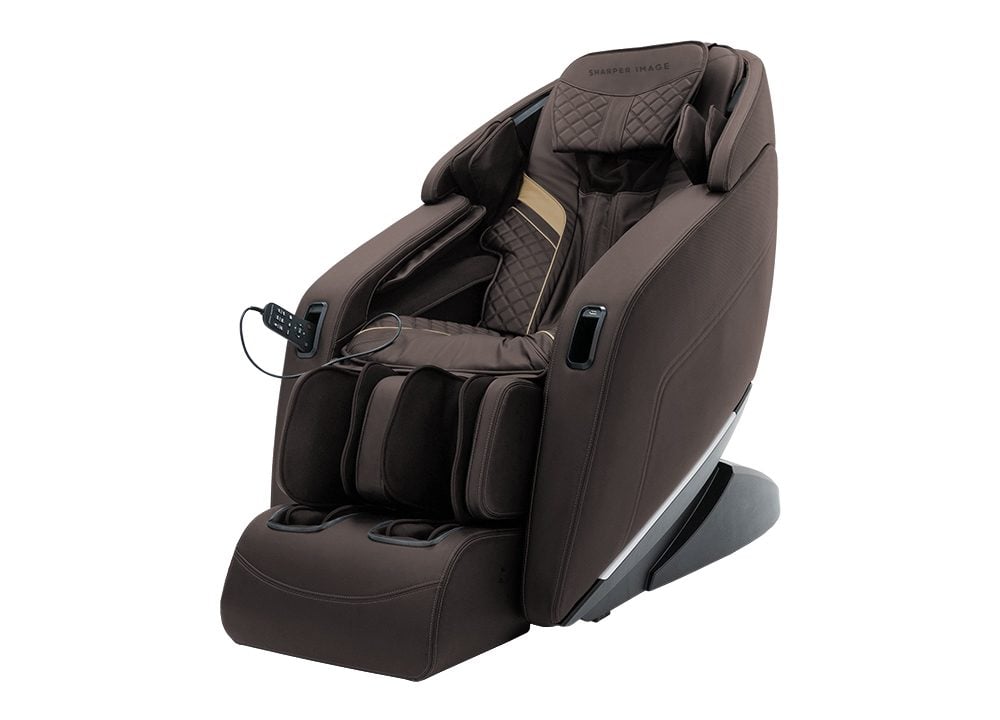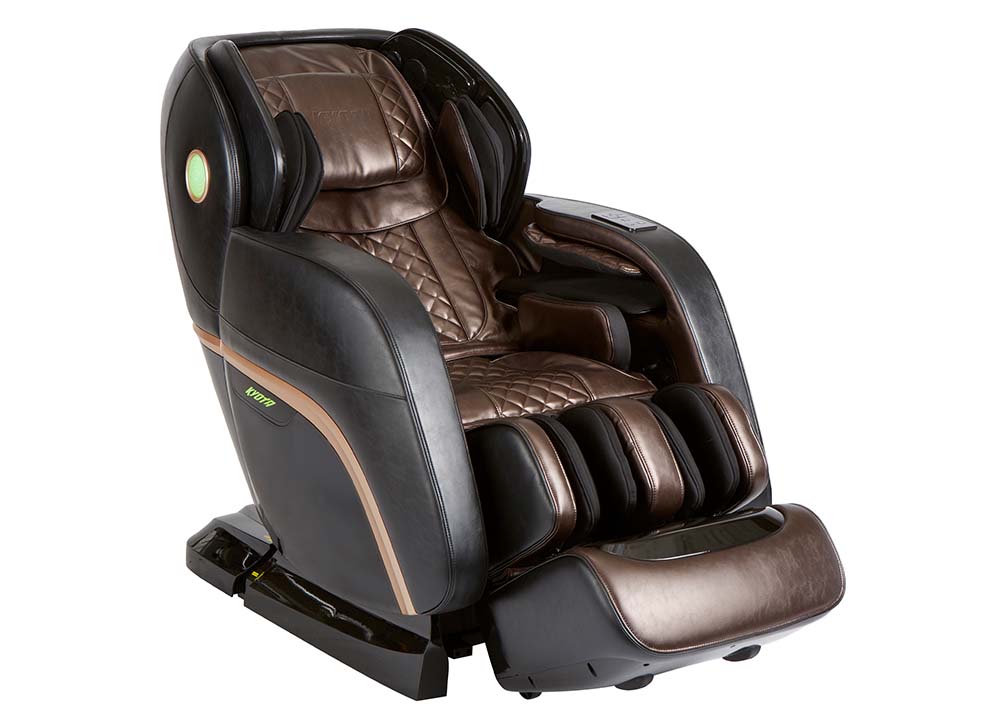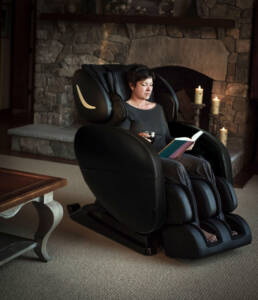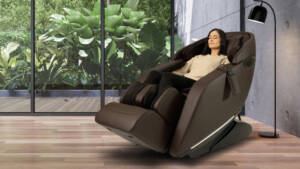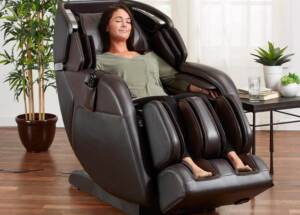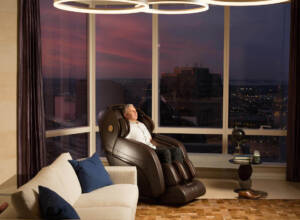How to Create a Meditation Space: At-Home Relaxation Room Ideas, Design Tips & More
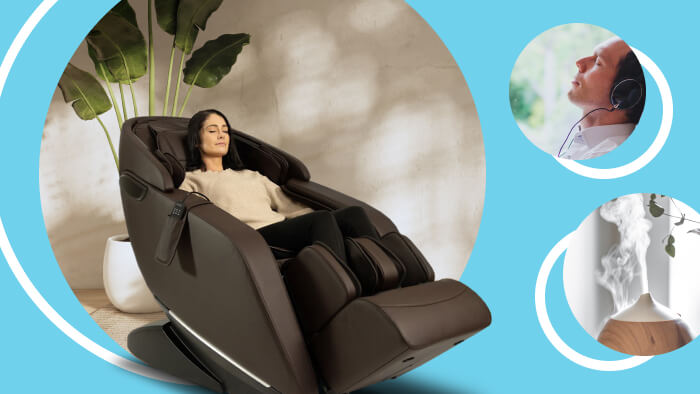
With constant communication and connection, today’s fast-paced world can sometimes start to feel overwhelming. Taking time to disconnect from your devices and reconnect with yourself is a great way to keep your stress levels as low as possible. While you can take short breathers in your bedroom or bathroom, it’s much healthier in the long term to have a dedicated space where you can relax and be at peace.
Whether it’s an entire room or just a section of one, reserving a space for relaxing activities — such as yoga, prayer or reading — reduces the chances you’ll be disturbed and makes it easier to fully unwind. Here’s how you can design a meditation space in your home.
What Is a Meditation Room?
Meditation corner, relaxation area, zen room — no matter what you call your space, the goal is the same: to create a place where you can clear your mind, focus on your breathing and leave the stresses of the outside world behind. When imagining what this space should look like, many of us may picture a Japanese- or Asian-inspired area of the house, but the way your meditation room looks is entirely up to you, and can incorporate whatever design elements put you at ease.
When it comes to deciding whether this will be a community space, that’s up to you too. Your zen room should be your personal sanctuary, and whether that means keeping it to yourself or sharing it with a partner will depend on your preferences.
Meditation Room Design Considerations
The key to creating a meditation room is to create a small sanctuary, no matter how you plan to officially use the room. While the space you choose should be dedicated to providing an escape, you don’t have to limit yourself by creating a room for just a single purpose. Yoga practice, quiet reading, working on creative projects, working out and relaxing with like-minded friends are only a few of the activities that can take place in your space.
The design of the room should reflect how you like to relax. If you like to read, turn the room into a small library. If you recharge by catching up on your favorite tv shows, convert the space into a home theater. Or, if you do yoga or other exercise make sure you leave enough space for your mat and other equipment.
Another important aspect is noise levels and acoustics — related to sounds coming into and leaving your meditation room. If you can’t completely sound-proof the area, explore ways to bring white noise or soothing background music into the room.
In the end every room will be different, but there are some design techniques that are commonly used in many relaxation rooms or meditative spaces:
- Prioritizing natural light — Sunlight comes with benefits for both your mental and physical health; making the most of the natural light in your space can not only boost your mood but help you feel better too.
- Utilizing soft colors — Opting for pastel hues or muted tones, whether for your room’s walls or as the decor palette, can provide the foundation for a calm and relaxing atmosphere.
- Bringing in natural elements — People often head out into nature to find a sense of calm and peace. Adding live plants and hardwood or stone touches to your space can help you find that same serenity within your meditation room.
- Choosing an open, airy space — Open areas will give you space to breathe while rooms that are close and cramped can lead to feeling overly boxed in.
- Incorporating soothing scents — Believe it or not, the way your zen room smells can help you feel calmer and more at ease. While scents such as lavender are commonly associated with relaxation and reduced anxiety, choosing smells that have special meaning to you can help achieve the same effect.
Meditation Room Decor & Furniture Essentials
Once you’ve chosen a location for and settled on the design of your meditation area, it’s time to think about how you’ll outfit your space. Here are a few suggestions to keep in mind as you start putting together your shopping list:
- Cushions, blankets, pillows and other soft-textured items help a space feel cozy and comforting.
- Similarly, soft lighting elements like candles and string lights go a long way toward creating a serene ambiance.
- Furnishings or decor elements made from natural materials such as wood and woven textiles — or materials that mimic natural elements (synthetic leather, faux bamboo, etc.) — will help bring that nature-inspired aesthetic to life.
- Water elements can be a great addition to a relaxation area, but require specialized home improvement know-how to implement correctly. A small, pre-assembled water fountain makes a great alternative.
- Furniture and accessories that enhance relaxation, such as salt lamps or massage equipment take stress relief to the next level. For example, having your own massage chair can provide massage therapy on demand, transforming your meditation area into a luxury spa.
5 Meditation & Relaxation Room Ideas
If you’re looking for some zen room inspiration, you’ve come to the right place. These five relaxation room examples are the perfect starting point for sparking your creativity and gathering ideas for your own space.
1. Fireside Relaxing
To achieve the rustic look of a cozy mountain chalet or cabin, outfit your space with stone walls, wood beam accents and a fireplace. Fluffy blankets, pillow-soft seating and long-pile rugs help to complete the aesthetic.
2. Indoor Patio
Bring everything that you love about your backyard patio indoors, except for maybe the tiki torches and fire pit. Including elements like rock gardens and greenery, and selecting furnishings and accents made from natural materials (think wicker, sisal and jute) will add to the outdoor feel. To ensure you get the full outdoor experience, be sure to choose a space where you can fully take advantage of natural light, such as a room that has multiple windows or skylights.
3. Meditation Corner
If you don’t have much extra space in your home to work with, that’s ok. You can still create a dedicated meditation area without taking up an entire room. A thoughtfully arranged area or corner can be just as sufficient. To make the space feel larger and airy, choose an area in your home that gets a good amount of natural light. Candles, cushions and incense help create the perfect atmosphere for yoga, breathwork or personal reflection.
4. Outdoor Space
Who said your zen room has to be a room at all? If you find you’re most at peace in nature, then setting up a spot outside could be the perfect way to unwind — especially if you live somewhere with a climate that enables you to be outdoors year-round.
5. High Rise View
Make the best use of apartment space by setting up your spot near a window. Not only will you be able to soak up the sunlight, you’ll also have a front-row seat to take in views of your neighborhood, city or yard. Make your space comfortable with a massage chair or loveseat, area rug and a side table for resting drinks, snacks and your latest read.
Tips for Creating a Zen Meditation Room
Each meditation room will be different depending on design preferences and how you like to relax. But if you need some help getting started, these tips are great ways to create a calming atmosphere in your space:
- Embrace minimalism. Filling up the space with furniture and knick knacks can make your room feel cluttered and lead to increased stress or anxiety.
- Be mindful of how you’re designing the space. Choose a theme, color palette or style inspiration and stick with it.
- Set daily rituals for your space. Whether it’s a morning wake up or an evening meditation ritual, establishing a routine can help you gear up for the day or wind down from it more efficiently.
- Keep the space clean. Periodically set aside extra time to clean your meditation room so you won’t feel compelled to tidy up during your relaxation time.
- Limit the use of communication devices. Your zen room is a place to disconnect from the rest of the world, so it’s best to leave phones, tablets and computers at the door.
If you’re looking for the right equipment for your relaxation space, there’s nothing more soothing than a massage chair. When you work with Massage Chair Store, our team of experts makes finding the perfect match easy. Our expertise in the health and wellness space can help you find the massage char that will bring you inner peace.
Ready to get started? Get in touch today for your free massage chair consultation.

